Understanding the Unique Challenges of Audio Equipment Storage
For voice artists, podcasters, and audio professionals working from home, protecting your recording equipment during renovation is crucial for maintaining both your equipment’s integrity and your business continuity. This comprehensive guide will help you safeguard your professional audio setup while ensuring you can quickly resume high-quality recordings once renovations are complete.
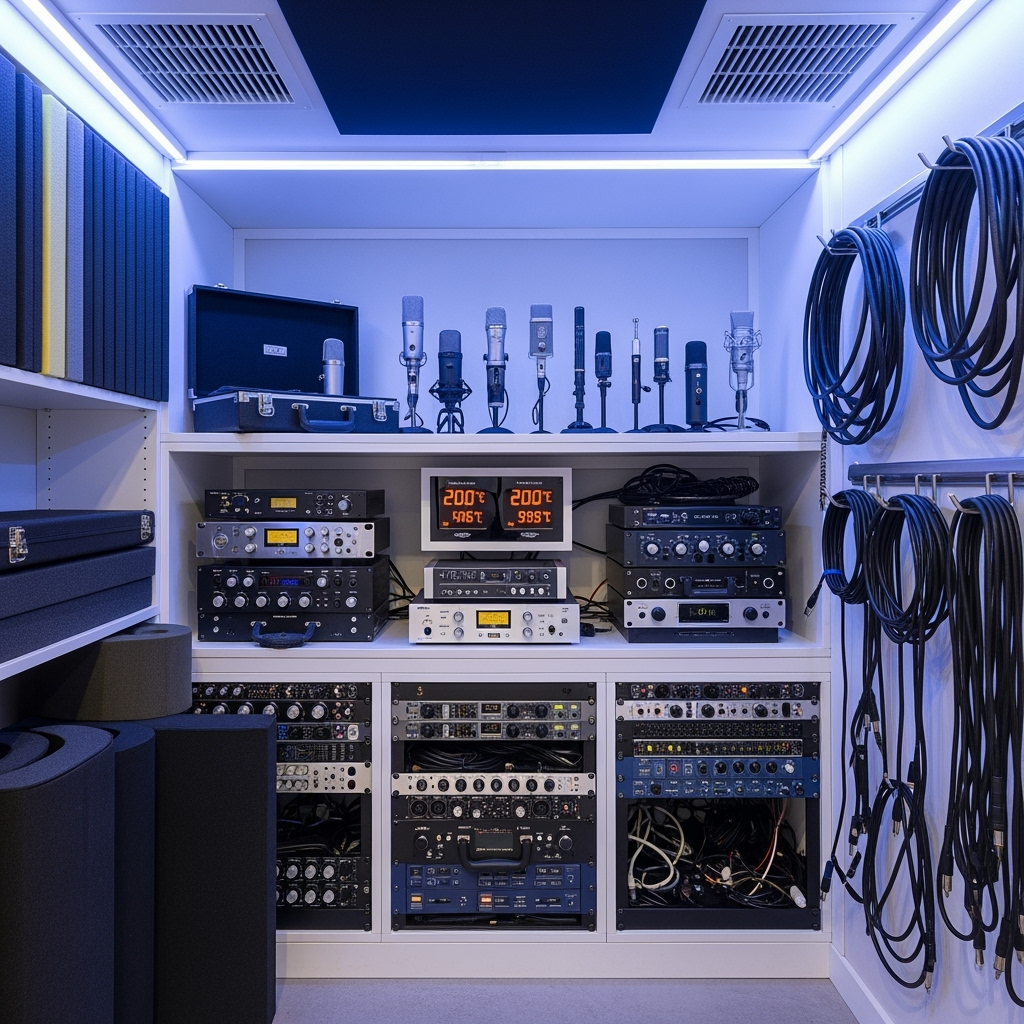
Essential Equipment Protection Strategies
Your professional audio equipment requires special care during storage to maintain its precision and quality. Here are the crucial steps to protect your investment:
- Carefully disconnect and label all cables and connections
- Use original packaging when available for microphones and interfaces
- Implement proper shock protection for sensitive equipment
- Maintain consistent temperature and humidity levels
- Keep dust covers on all equipment
Climate Control Requirements for Audio Equipment
Professional audio equipment is particularly sensitive to environmental changes. Your storage solution should maintain:
- Temperature between 65-75°F (18-24°C)
- Relative humidity between 45-55%
- Protection from direct sunlight
- Adequate air circulation
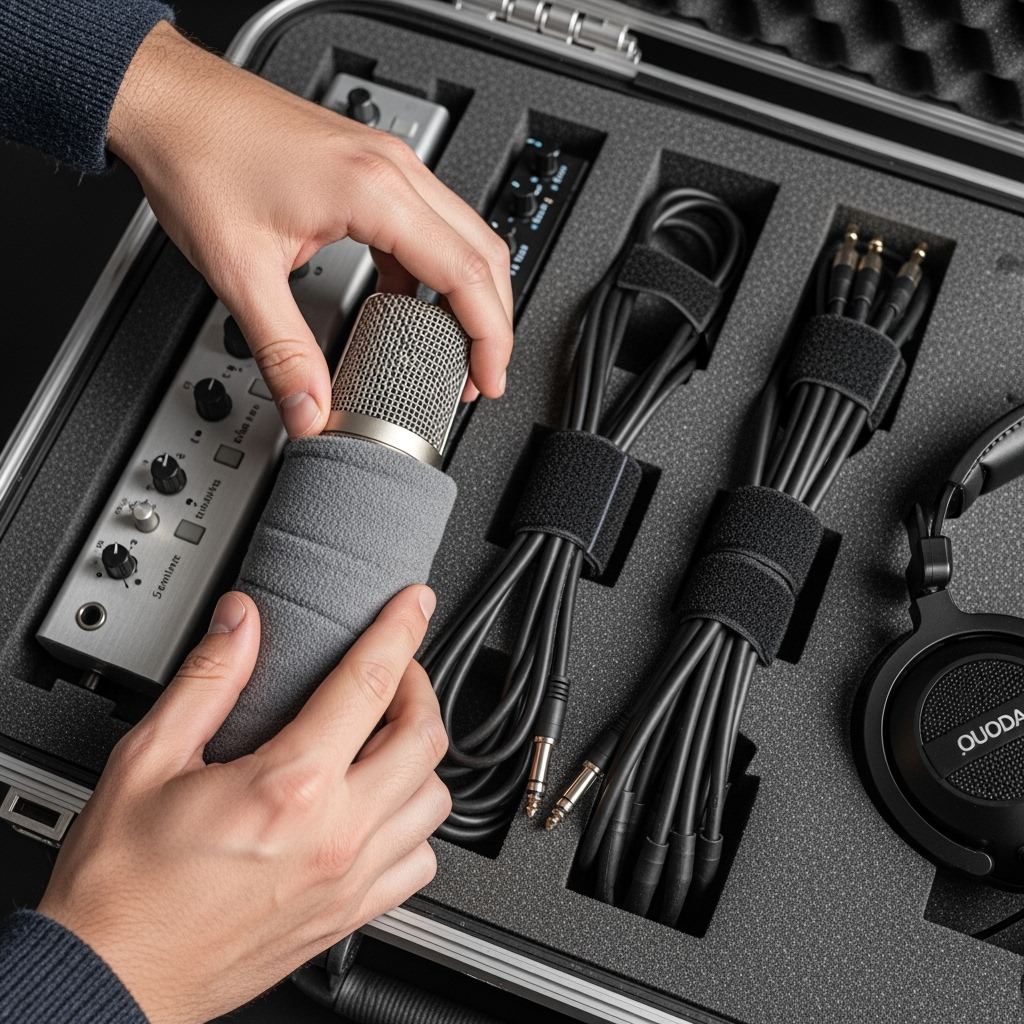
Organizing Your Storage Space for Quick Access
Creating an efficient storage system ensures you can maintain productivity during renovation:
- Create a detailed inventory of all stored equipment
- Implement a logical organizational system
- Keep frequently used items easily accessible
- Use clear, protective containers for smaller items
- Maintain proper spacing between items to prevent damage
Special Considerations for Different Types of Equipment
Different audio equipment requires specific storage approaches:
Microphones
- Store in upright position when possible
- Use desiccant packets to control moisture
- Keep in padded, protective cases
Audio Interfaces and Preamps
- Protect from static electricity
- Use anti-static bags when available
- Keep all connections covered
Temporary Recording Solutions During Storage
Consider these alternatives to maintain your recording schedule:
- Set up a minimal temporary recording space
- Use portable recording equipment when possible
- Consider renting a professional studio temporarily
- Plan recording sessions around renovation schedule
Security and Insurance Considerations
Protect your investment with proper security measures:
- Document all equipment with photos and serial numbers
- Update your insurance coverage if needed
- Choose a storage facility with proper security features
- Consider additional coverage for high-value items
Post-Storage Equipment Check
Before resuming normal operations, follow these steps:
- Test each piece of equipment individually
- Check all connections and cables
- Allow equipment to acclimate to room temperature
- Conduct sound checks before important recordings
Planning Your Storage Timeline
Effective timeline planning ensures minimal disruption to your work:
- Coordinate storage dates with renovation schedule
- Plan for potential delays
- Schedule equipment testing time
- Arrange alternative recording solutions in advance
Conclusion
Proper storage of professional audio equipment during renovation requires careful planning and attention to detail. By following these guidelines, you can protect your valuable equipment while ensuring a smooth transition back to your regular recording schedule. Remember that the extra time spent on proper storage preparation will pay off in protected equipment and maintained audio quality.


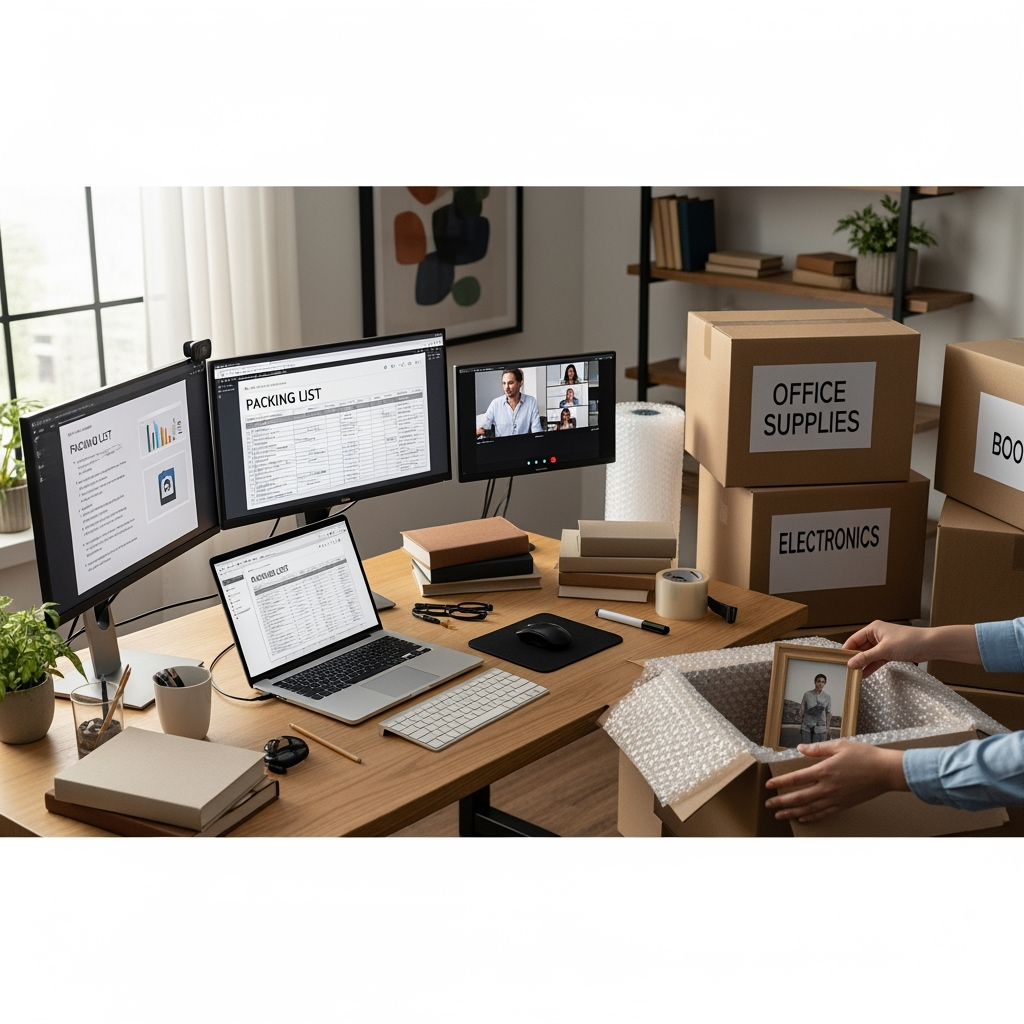
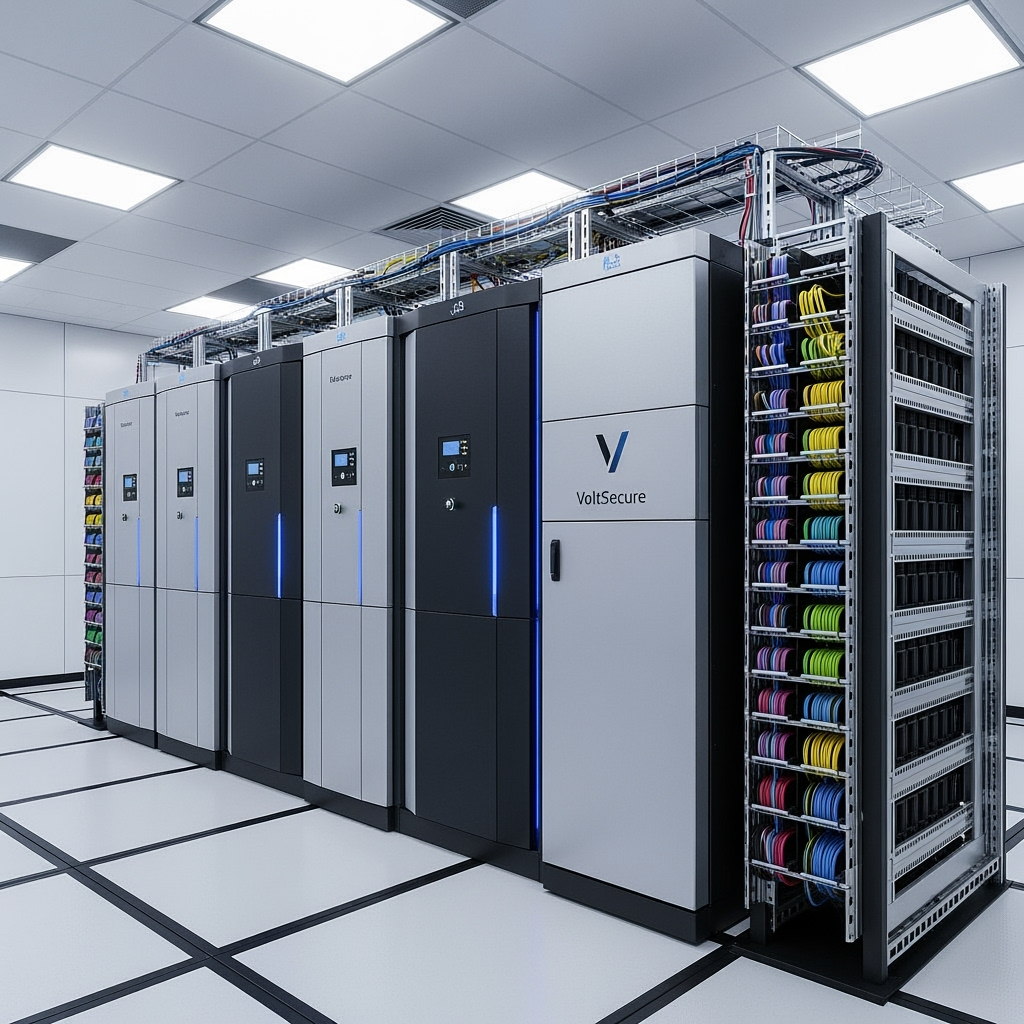
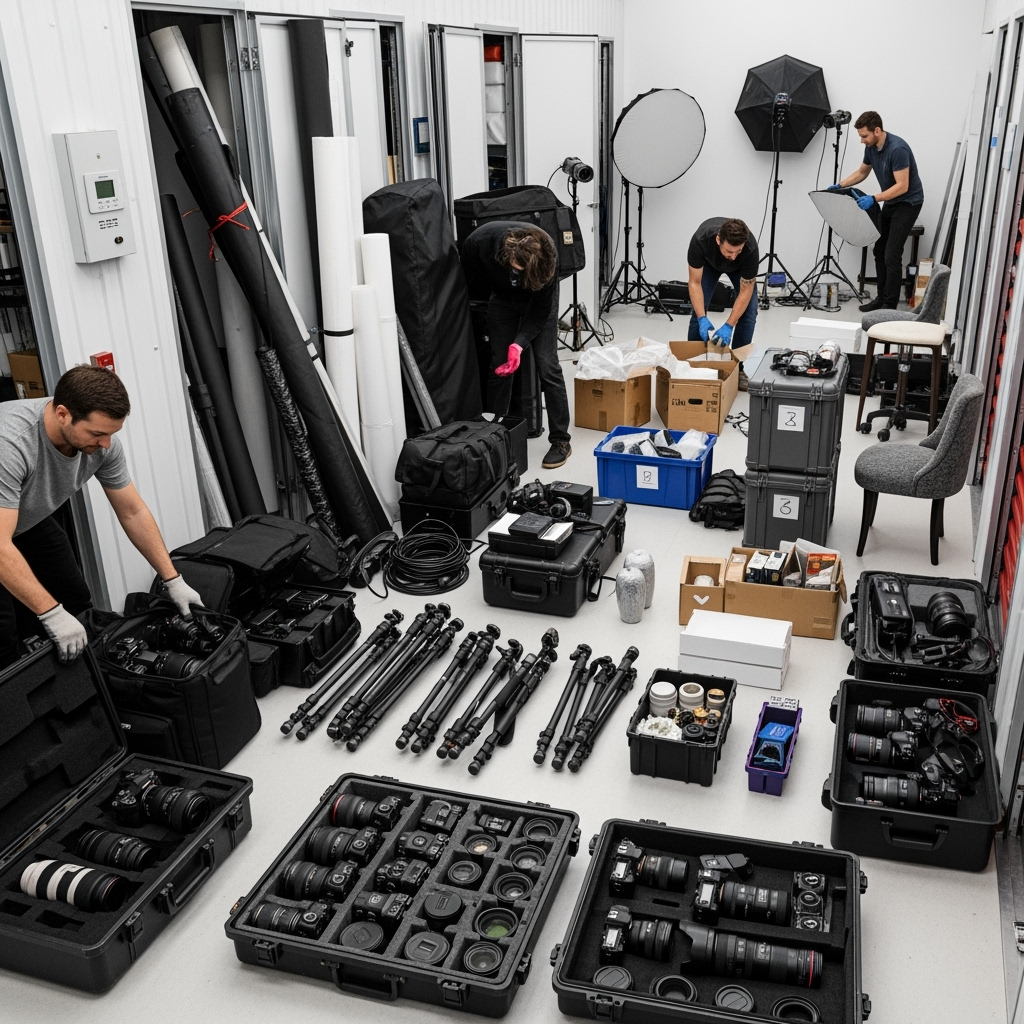
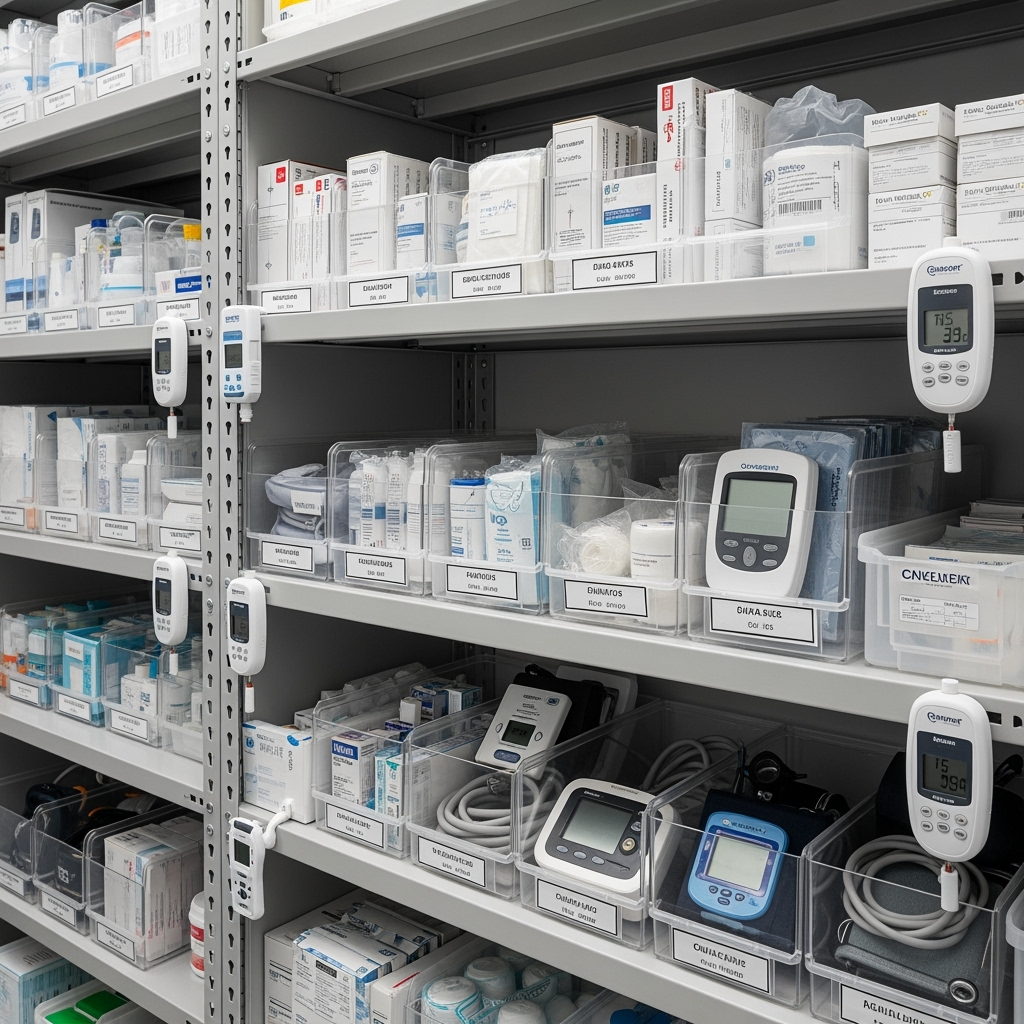
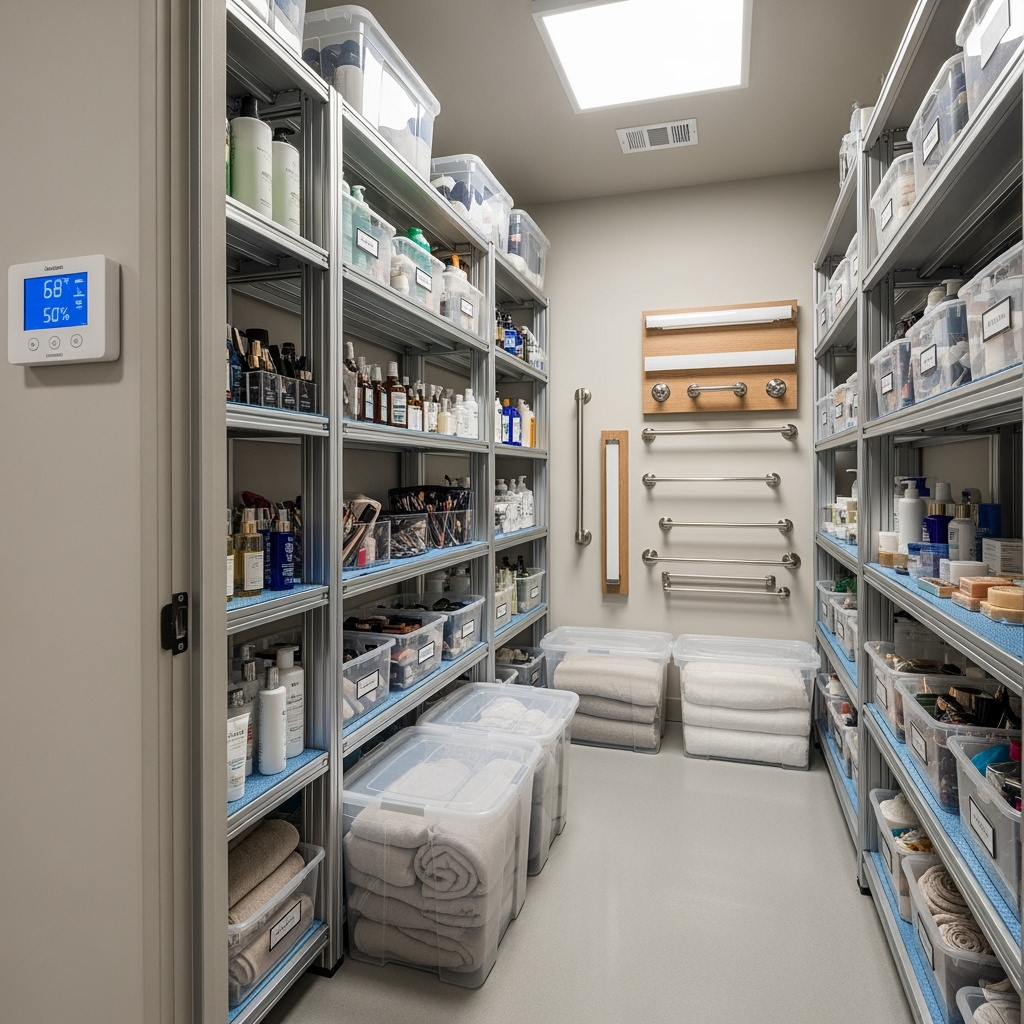
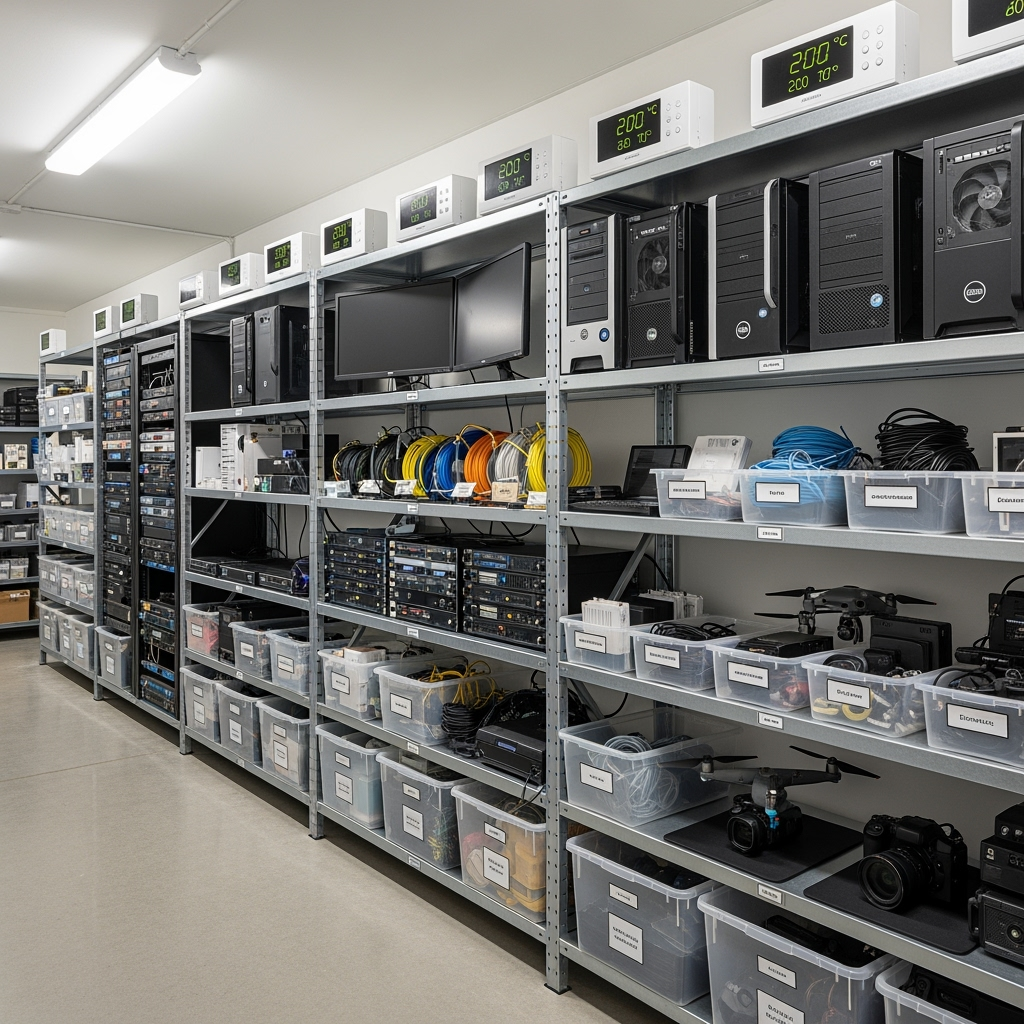
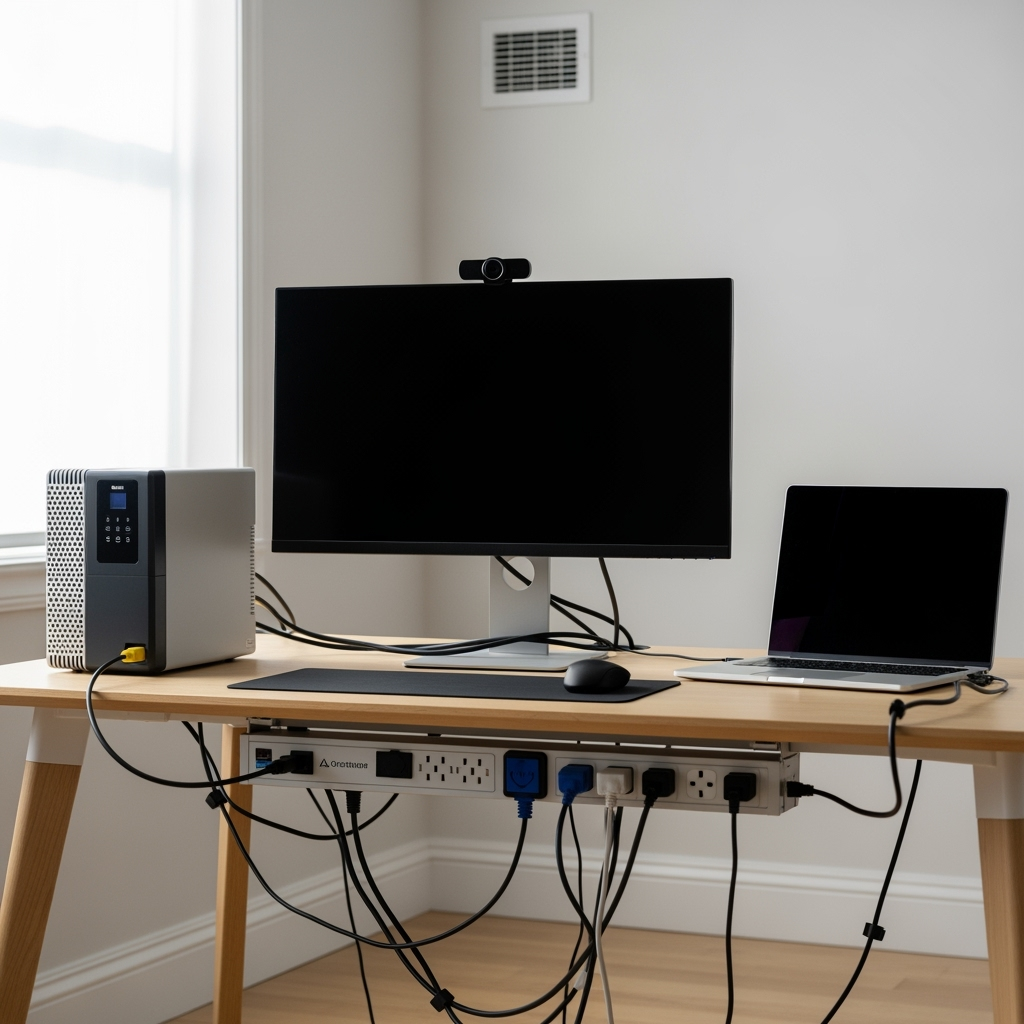
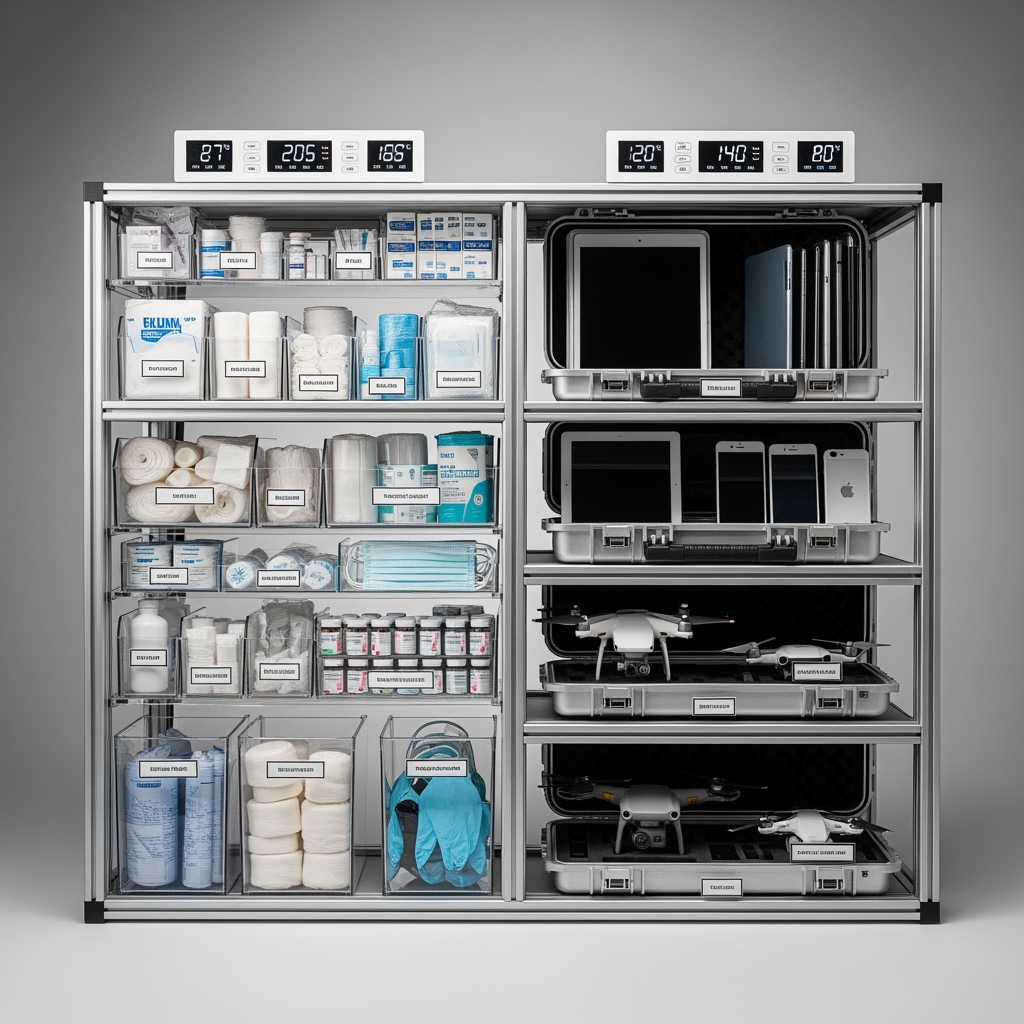
Leave a Reply